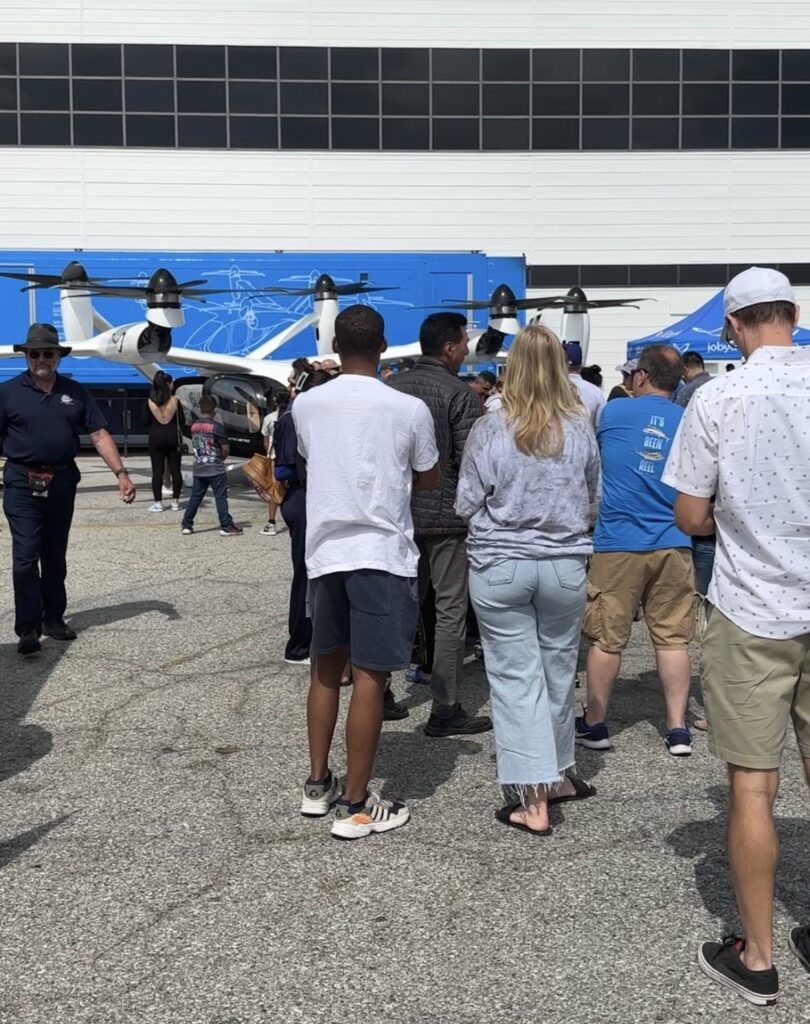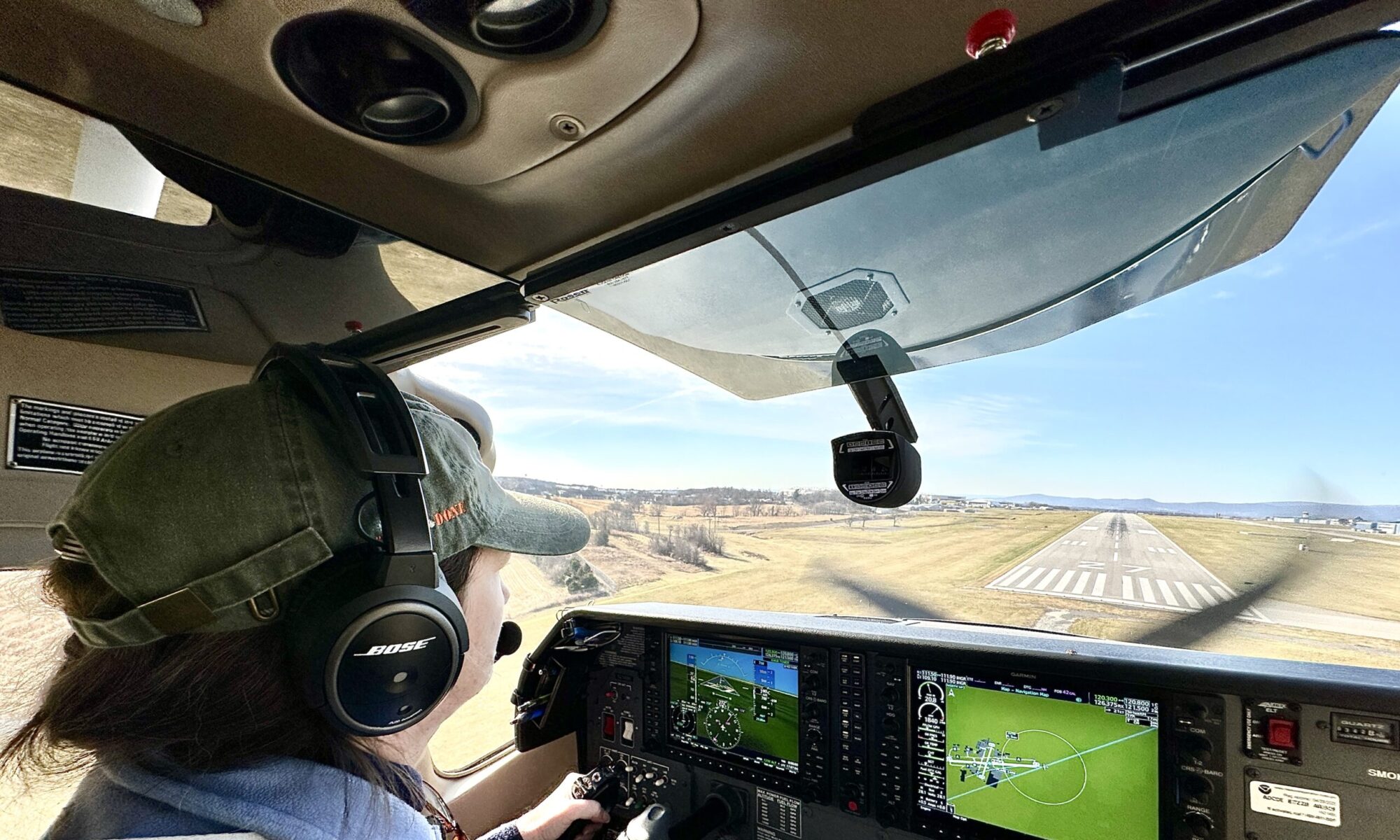AERO filled its 12 halls with an electric energy, notable on the light end of the market.
And this makes sense, because the show’s DNA lies in ultralights, gliders, balloons, training airplanes—even remote-control models.
Now it has logged 30 “flights,” so to speak, running back to 1977 when it was part of a regional motorsports exhibition, and happening every other year until it became an annual event in a few years back, with a pause for two years for COVID.
When SOCATA first put its TBM 700 prototype on display in 1994, it helped introduce higher-end personal and business aviation into the show. With the presence of Pilatus, Cessna and Beechcraft (now Textron Aviation) in the 2000s, and now Gulfstream with its G500 on display this year—it indicates the importance of this growing B2B show in the marketplace for turboprops and jets.
These aircraft must also meet the industry’s commitment to net-zero emissions by 2050—and interim targets won’t likely be met by pure electric aircraft or those that run on hydrogen.
While Safran’s ENGINeUS motors gain in kWs (and equivalent horsepower) and power storage hits the 800-kW level, our brightest minds still don’t have a good way to translate that power into speed and range—and do it safely.
Case in point: Daher’s EcoPulse project, which places six Safran motors in distributed positions on its TBM-based wings powered via an Airbus storage system—but keeps a Pratt & Whitney PT6A-66D up front. Judging by the flight test profiles I talked about with Daher’s head of design, Christophe Robin, the project is working through a host of problem sets, and it won’t present as a marketable product. In SVP of aircraft Nicolas Chabbert’s update at Sun ’n Fun, and again at AERO, he noted the need to craft a salable solution that would likely look nothing like it. There are constraints and issues associated with flying around carrying that amount of battery power and distributing it safely in an airplane’s joint “cardiovascular” and “nervous” systems that still need sorting through.
Whatever they bring to the table, it won’t be flying on pure electrical power—not to make their self-imposed target date of 2027. And that makes a lot of sense. In talking with Tine Tomažič of Pipistrel, he explained that to get the speed and range you need for a good cross-country mount (such as Pipistrel’s Panthera design), you need the hybrid route for the near future. The battery tech just isn’t there yet.
So we need to keep those turbines running—and on a zero-emission fuel as soon as we can. Pressure looms larger in Europe to meet net-zero goals before 2050. While we didn’t see any protests at AERO from the general public, the specter of them loomed as we headed to Munich for our flight back across the pond. The industry is working diligently towards getting sustainable aviation fuel to the users who have vowed to adopt it—so they can keep projects like the hybrid Panthera and the EcoPulse innovating towards the future.
The way to do this is not to syphon off all the SAF to the airlines at major airports like Amsterdam’s Schipol and Paris-Orly. We can adopt book and claim practices to help offset high prices and availability of SAF to the 2,000 or so airports in the EU that business aviation uses.
And we can support the development of alternative bio sources for SAF that help increase its volume overall. Projects like Gevo’s intrigue me as cradle-to cradle solutions for utilizing biowaste on a large enough scale to make more than a drop in the bucket.
And biz av should have primary access to it first—because this is where the skunk works live and thrive.
A link to GAMA’s white paper, “Recommendations for Accelerating the Development of the Electric Aviation Sector in Europe”



